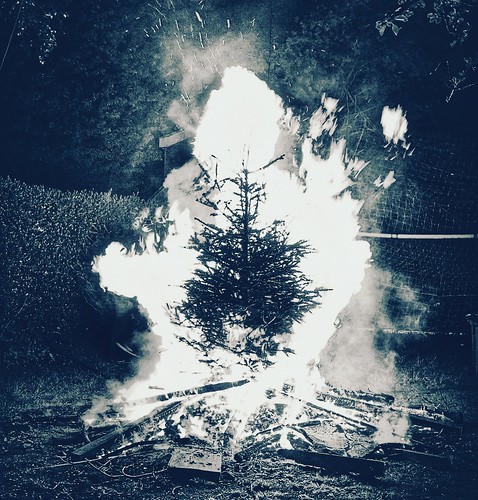A total score of 115 for stressors and 140 for reaction to stressors. The assessment of stressors consists of 23 things measuring five categories of stressors (frustrations, conflicts, pressures, adjustments, and self-imposed stressors). Frustrations are measured with a seven-item subscale assessing frustrations connected with delays, each day hassles to attain targets, lack of offered sources, and so on. The conflict subscale consists of three things and measures academic strain caused by having two or much more options that happen to be each desirable and undesirable and having goals with each optimistic and negative impacts. The three-item changes subscale measures academic pressure that happens because of life modifications. The self-imposed tension subscale consists of six things and measures stressresulting from students’ will need to compete. The pressures subscale consists of 4 things and measures academic strain resulting from competitors, deadlines, and perform overload. Reaction to stressors is assessed with 28 things measuring four categories of reactions to stressors (physiological, fourteen products; emotional, 4 things; behavioral, eight things; and cognitive, two things). The physiological reactions subscale measures responses for example trembling, sweating, exhaustion, weight lossgain, and headache. The emotional reactions subscale measures reactions such as crying, drug use, smoking, and irritability. The cognitive reactions subscale measures the capability to analyze and believe about stressful situations and to work with powerful coping buy lumateperone (Tosylate) strategies to cut down pressure. Every single item on the strain scale was scored determined by a 4point scale (i.e 1= in no way, 2= sometimes, 3= often, 4= most of the occasions). The scores on the anxiety scale were dichotomized (1 and 2 vs PubMed ID:http://www.ncbi.nlm.nih.gov/pubmed/21347280 three and 4) and summed to make a total of 1-115. Scores of 1-20 indicated no pressure whereas 21-69 indicated low pressure; 70-115 indicated high strain. The reaction subscale was also assessed on a  4-point scale, dichotomized (1 and 2 vs 3 and 4) and summed to create total scores ranging from 1-14 for physiologic reaction, 1-4, 1-8 and 1-2 for emotional, behavioral and cognitive reactions respectively. Scores of 1-7 indicated low physiologic reaction whereas 8-14 indicated high physiologic reaction to anxiety. Similarly, scores of 1-5 indicated low behavioral response whereas 68 indicated higher behavioral response to stressors. Also, scores of 1 indicated low cognitive reaction whereas scores of two indicated high cognitive reaction to tension. The SLSI has been reported to possess higher internal consistency and reliability, as indicated by a Cronbach’s of 0.92, and acceptable concurrent validity (16). The third a part of the questionnaire assessed participants’ coping strategies making use of the Coping Strategies Questionnaire (CSQ) (17). It consists of 63 items and measures 4 forms of coping: (a) active sensible coping; this is task-oriented coping and depends on proactive responses to stress, (b) active distractive coping; this scale involves coping strategies which include finding involved in sports or recreational activities and obtaining leisure time, thereby distracting oneself from the operate, (c) avoidance coping; whichAssociations Amongst Academic Stressors… includes withdrawal behaviors and redirection of personal resources toward a thing else, including shifting consideration to other activities, drinking, smoking, and excessive sleep, and (d) religious coping; receiving involved in religious activities. Scoring for the coping methods is as fo.
4-point scale, dichotomized (1 and 2 vs 3 and 4) and summed to create total scores ranging from 1-14 for physiologic reaction, 1-4, 1-8 and 1-2 for emotional, behavioral and cognitive reactions respectively. Scores of 1-7 indicated low physiologic reaction whereas 8-14 indicated high physiologic reaction to anxiety. Similarly, scores of 1-5 indicated low behavioral response whereas 68 indicated higher behavioral response to stressors. Also, scores of 1 indicated low cognitive reaction whereas scores of two indicated high cognitive reaction to tension. The SLSI has been reported to possess higher internal consistency and reliability, as indicated by a Cronbach’s of 0.92, and acceptable concurrent validity (16). The third a part of the questionnaire assessed participants’ coping strategies making use of the Coping Strategies Questionnaire (CSQ) (17). It consists of 63 items and measures 4 forms of coping: (a) active sensible coping; this is task-oriented coping and depends on proactive responses to stress, (b) active distractive coping; this scale involves coping strategies which include finding involved in sports or recreational activities and obtaining leisure time, thereby distracting oneself from the operate, (c) avoidance coping; whichAssociations Amongst Academic Stressors… includes withdrawal behaviors and redirection of personal resources toward a thing else, including shifting consideration to other activities, drinking, smoking, and excessive sleep, and (d) religious coping; receiving involved in religious activities. Scoring for the coping methods is as fo.
http://cathepsin-s.com
Cathepsins
